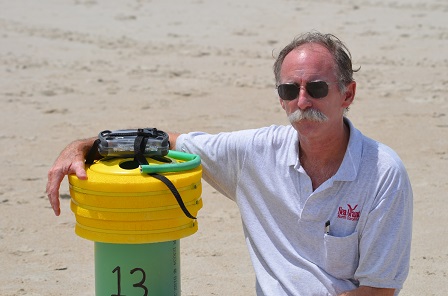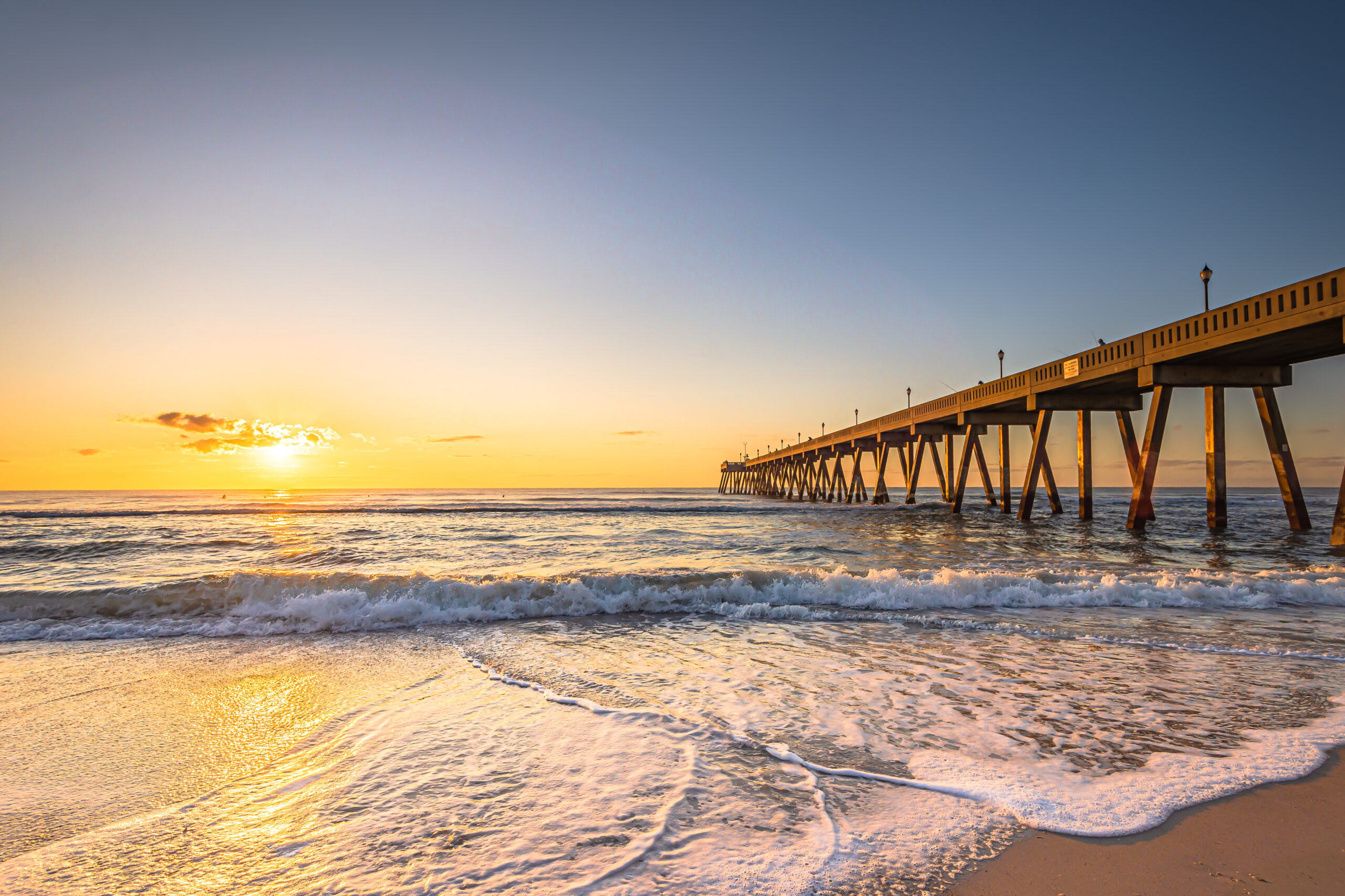Sea Science: Why Do Waves Come in Groups?
Ask a Scientist

Marla Valcek Broadfoot is a freelance science writer and editor with a doctoral degree in genetics and molecular biology. She posed questions about waves to Spencer Rogers, North Carolina Sea Grant coastal construction and erosion specialist. Her article is reprinted in full with permission from The News & Observer and The Charlotte Observer.
Spencer Rogers is a coastal specialist with N.C. Sea Grant and co-author of “The Dune Book.” Here he explains the basics of ocean waves. Questions and answers have been edited.
Q. Where do ocean waves come from?

A. Most waves on water are generated by the wind. The longer the wind blows and the faster it blows, the larger the waves get. We get most of our largest waves from hurricanes and other types of storms called northeasters that frequent the upper east coast of the United States and Canada. Storm winds blowing across large ocean areas can generate very large waves. Waves taller than 40 feet have been measured in deep water off the N.C. coast during passing hurricanes.
Q. How far can waves travel? What determines the speed and size of a wave?
A. Once generated, waves can efficiently travel thousands of miles in deep water without losing much energy. The speed that they travel in deep water is determined by the wave length (the distance between wave crests), which is also related to the wave period (the time between wave crests). The waves with the longest wave length or wave period move away the fastest and are the first evidence we see of a distant storm. But waves can come from different storms and from different directions.
When these different waves pass a point at the same time, they simply add to or subtract from each other. When the crest (top) of wave meets the trough (bottom) you get a smaller wave. When the crests meet, you add the two heights and get a much bigger wave.
Q. Why do waves come in sets?
A. Wave sets or groups occur when waves traveling at different speeds interact, making every few waves larger than the others. A common example is a fast moving swell that interacts with a locally generated wave. The swell may not be very large in deep water but gets larger as it reaches shallow water. When the crests of the swell and the local wave reach the beach at the same time we get the biggest wave. Depending on the relative wave lengths or wave periods of the two waves, the biggest wave might be the third or higher.
On any given beach, most of the waves arrive from similar sources depending on the season, so the common sets might arrive every third wave. On another beach it might be every seventh, or somewhere in between. Want to catch the biggest wave? Watch the waves from shore. Count the number of breaking waves between the biggest waves that you see. Use that number to pick the biggest one to catch once you get in the water.
This article was published in the Holiday 2014 issue of Coastwatch.
For contact information and reprint requests, visit ncseagrant.ncsu.edu/coastwatch/contact/.
- Categories:


